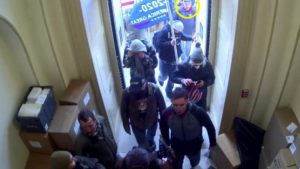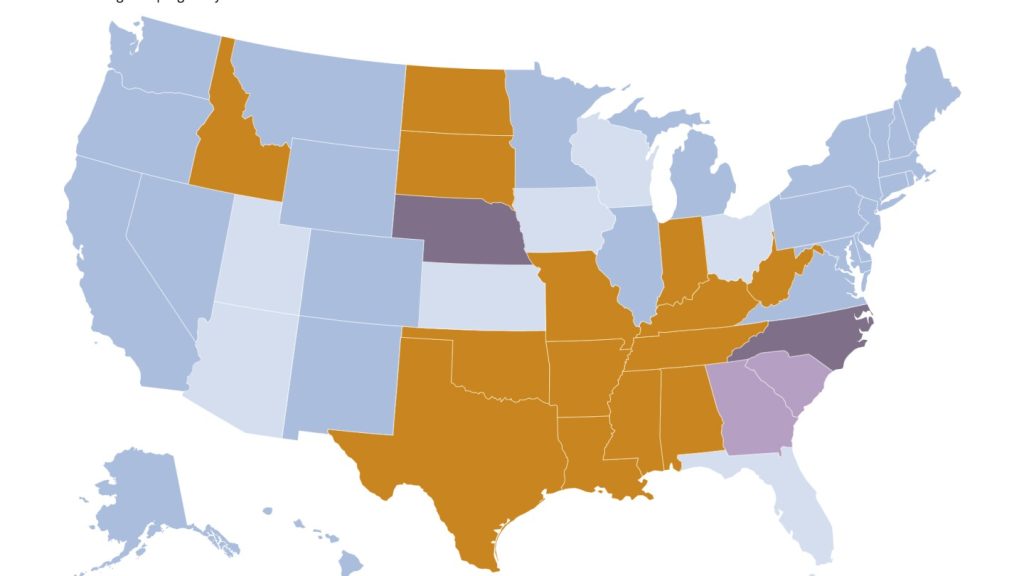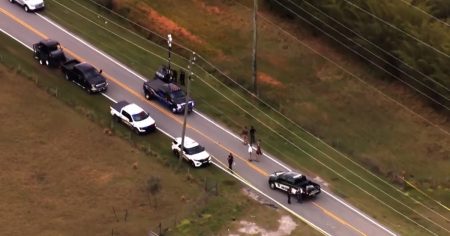In the video, Trump stated that he believes abortion should be left to individual states to regulate, rather than imposing a national ban. He clarified his stance on the issue by expressing support for three exceptions – cases of rape, incest, and when the mother’s life is at risk. This statement comes after months of speculation and uncertainty surrounding Trump’s position on abortion.
The former president highlighted the current legal landscape of abortion in the United States, noting that different states have varying restrictions in place following the Supreme Court’s decision in Dobbs v. Jackson Women’s Health Organization. This landmark ruling, which overturned the precedent set by Roe v. Wade in 1973, has sparked a nationwide debate over the future of abortion rights and restrictions.
Trump’s comments on abortion reflect the ongoing political and social divisions in the country regarding reproductive rights. While some states have moved to restrict access to abortion, others have passed laws to protect and expand reproductive healthcare options. The former president’s endorsement of state-level regulation on this issue adds another layer of complexity to the ongoing debate.
The video release has reignited discussions about Trump’s influence on conservative policies and his potential role in shaping the future of the Republican Party. As a polarizing figure within the party, his stance on abortion could impact how other GOP leaders approach the issue and whether they choose to align with his views. This development may also have implications for the upcoming midterm elections and the broader political landscape.
In the wake of Trump’s statement, advocates on both sides of the abortion debate have voiced their opinions and concerns about the future of reproductive rights in the United States. Pro-choice organizations have expressed alarm at the potential erosion of Roe v. Wade protections, while anti-abortion groups have praised Trump for his position on leaving abortion regulation to the states. The clash of perspectives underscores the deep-seated divisions over this issue.
Overall, Trump’s latest comments on abortion have added a new layer of complexity to an already contentious and divisive topic in American politics. The former president’s stance on leaving abortion regulations to the states rather than imposing a national ban has sparked debate and speculation about the future of reproductive rights in the country. With the Supreme Court’s recent ruling reshaping the legal landscape of abortion, Trump’s position could have far-reaching implications for the ongoing battle over reproductive healthcare access.
















